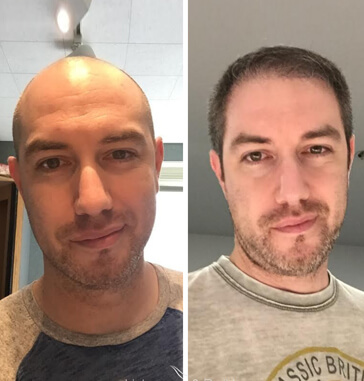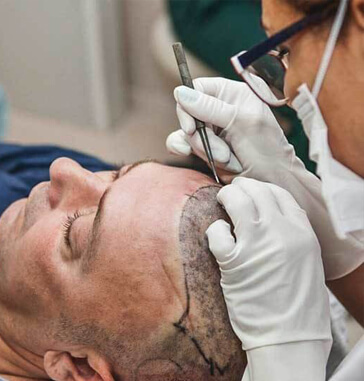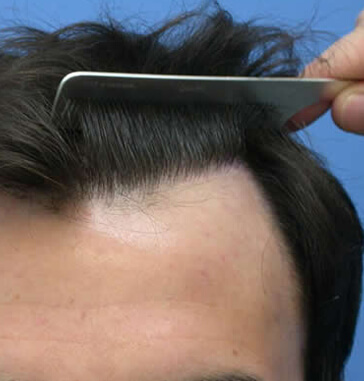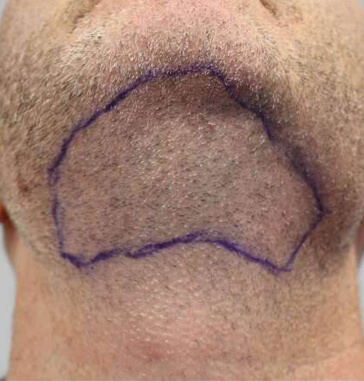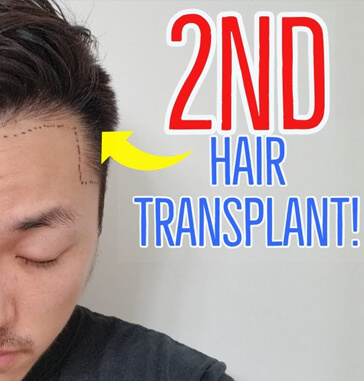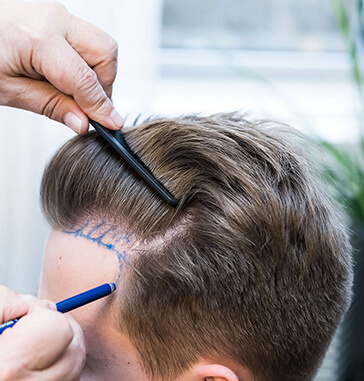What is hair loss?
Hair loss is a problem caused by an interruption in the natural hair growth cycle of hair follicles. When the growth phase shortens the hair follicles start to fall out, leading to baldness issues. Hair loss both affects men and women as a result of some diseases, genetics, or drugs. Even though we think of hair on the scalp when it comes to hair loss, we can lose hair on other areas of our bodies such as pubic hair or beard.
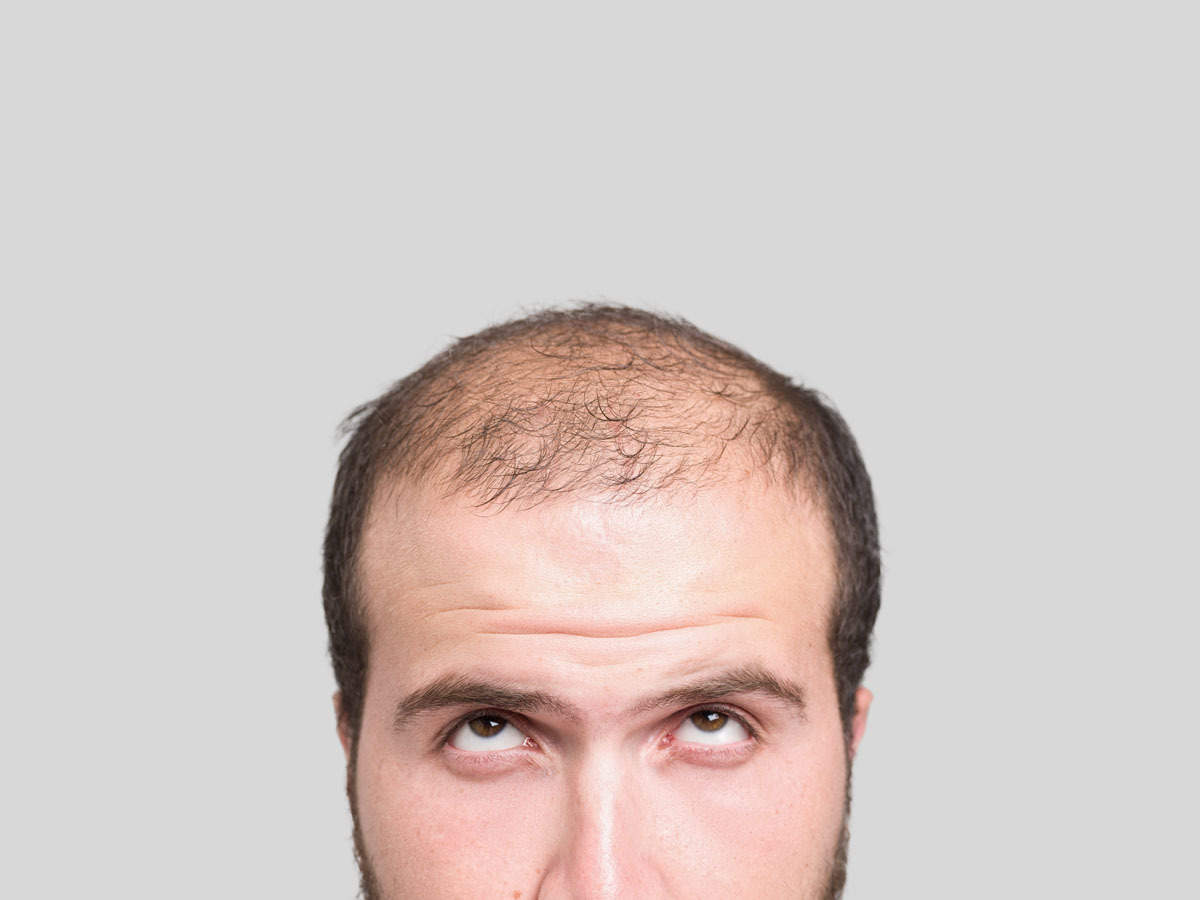
The Most Common types Of Hair Loss
Even though the most common type of hair loss is androgenetic alopecia, namely male-pattern hair loss, there are many types of hair loss which we will cover below. The most common types of hair loss include androgenetic alopecia, alopecia areata, involutional alopecia, alopecia barbea, telogen effluvium, alopecia universalis, trichotillomania.
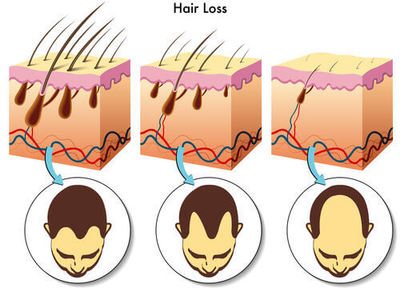
Androgenetic alopecia: The most common type of hair loss, androgenetic alopecia, also known as male-pattern hair loss, is a genetic condition affecting both men and women. It is named male-pattern hair loss in men and female-pattern hair loss in women. It is caused by a combination of genetic predispositions and hormones. When a person is genetically sensitive to the DHT hormone, a type of androgen, their hair follicles get weak and shed. It has a specific pattern with a receding hairline and hair loss at the temples. This type of hair loss can begin as early as in the 20s in men; however, women mostly will experience female-pattern hair loss and hair thinning once they reach their 40s. Plus women have general hair loss throughout the scalp unlike the specific hair loss pattern in men.
Alopecia areata: Alopecia areata is an autoimmune disease that begins in childhood and causes widespread hair loss. Affecting both men and women, it causes patchy hair loss and may progress to complete baldness in severe cases. However, there are medications to treat alopecia, and hair loss will recover in a few years. But still, the disease may flare up in the future and cause hair loss again.
Involutional alopecia: Involutional alopecia is a result of the natural course of aging. As we age, it is inevitable not to go through physical changes, one of which is natural hair loss. The hair follicles get thin and shed with age because the hair follicles spend less time in the growth phase. Actually there are three phases of hair growth: anagen, catagen, and telogen. In the anagen stage, the hair follicles keep growing, in the catagen phase they rest, and in the telogen phase, the hair follicles stop growing. After the telogen phase, the hair gets into the anagen phase and starts to grow again. As a result of aging, the hair follicles remain in the resting phase, and eventually, there will be little hair on the scalp.
Alopecia barbae: This is the type of hair loss affecting men. Alopecia barbae, an autoimmune disease, causes bald spots in the beard.
Telogen effluvium: This is a type of temporary hair loss that occurs because a lot of hair follicles go into the resting phase. Telogen effluvium causes temporary hair thinning and shedding but does generally not result in baldness. Vitamin deficiencies or some diseases can cause telogen effluvium.
Anagen effluvium: Unlike telogen effluvium, anagen effluvium causes hair loss during the anagen phase where the hair follicles keep growing. It is a rapid hair loss that may occur due to medications. It can be reversed by medications to help hair follicles grow back.
Alopecia universalis: This is kind of a subtype of alopecia areata. It is an autoimmune disease that leads to hair loss all over the body. All the hair in your eyebrows, eyelashes, and the rest of the body hair can be affected by this disease. It is a common disorder that may affect both men and women.
Trichotillomania: Also known as a hair-pulling disorder, trichotillomania, is a type of obsessive-compulsive disorder where the patient cannot resist the urge to pull their hair.
Scarring alopecia: Scarring alopecia occurs due to factors that may cause damage to the hair follicles. Skin diseases with inflammation and skin disorders are among these factors. Plus, hot hair treatments and hair tightly tied can result in scarring alopecia.

